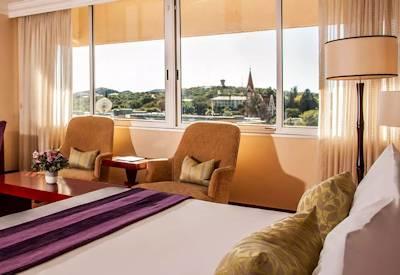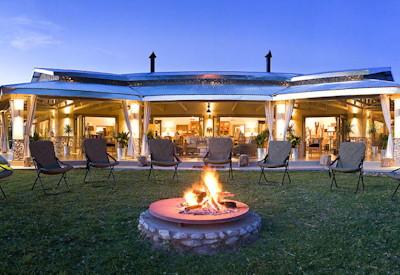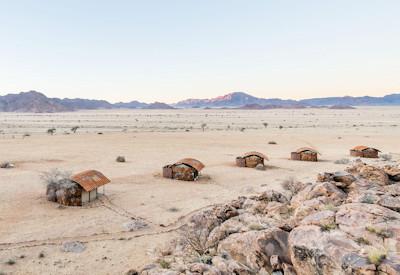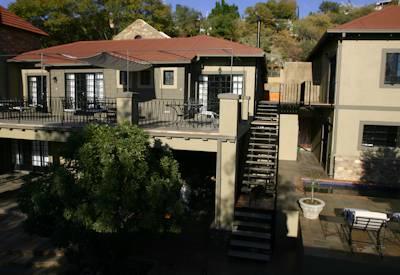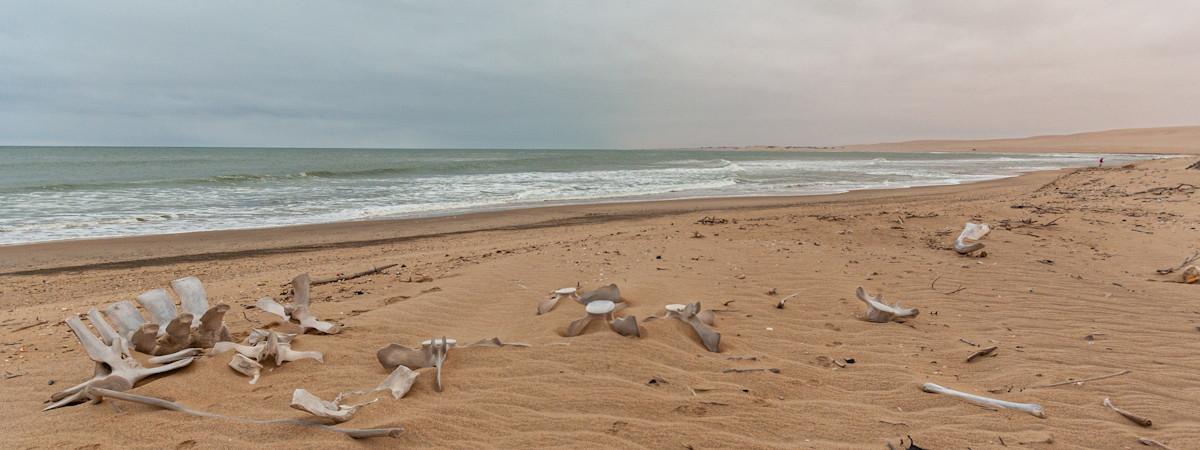
Skeleton Coast National Park
The Skeleton Coast National Park of Namibia is a stark, hostile but fascinating region that offers up a different aspect of desert life, one that has to be experienced and seen to be believed. Free roaming lions, rhinos and elephants, massive seal colonies, inland waterholes surrounded by gemsbok, springbok and eland and then birdlife.
Skeleton Coast National Park Facts
- Size: 16 845 km²
- When to visit the park: Year-round
- Rainfall: less than 50mm per annum
- Altitude: Sea level to 500m above sea level
- Location: Northern west coast of Namibia
- Accommodation: Damaraland Lodges
Information On Skeleton Coast National Park
The Skeleton Coast's desolate coastline is a spooky desert shore with massive dunes and treacherous rocks where mighty storms and violent surf claimed many ships through the centuries. Stories abound of sailors walking for hundreds of kilometres through this barren Namibian landscape in search of food and water, only to perish in this hostile coastal desert.
The landscape includes dunes, canyons and mountain ranges, all of which are synonymous with Namibia. The climate is seemingly strange for desert conditions: dense fog and cold sea breezes predominate, blown in by the cold Benguela Current.
A fly-in safari or scenic flight is the best way to view the park's shipwrecks and coastal splendour.
Inattentive whales have also found themselves washed up along the shore, and their massive bone structures are scattered along the coast. Animals in the park have been forced to adapt to overcome the problems of living in a desert-like climate. Smaller species such as genet, caracal, baboon, springbok, and brown hyena live in the area all year round. Larger animals, such as black rhinos, elephant and lion, tend to migrate along the channels, searching for precious food and water.
The primary wildlife attraction of the Skeleton Coast is Cape Cross, which harbours a seal colony numbering in the tens of thousands. The dunes are alive with reptiles and insects, including geckos, snakes, spiders, wasps, beetles, and termites.
The birds are found mostly along the rivers, and some Namibian endemic species can be found in this area, including one of the world's rarest terns. Some 300,000 waders visit annually, mainly flamingos and pelicans.
Where is Skeleton Coast National Park located?
The Skeleton Coast national park is located on the northwestern Atlantic Ocean coastline of Namibia and is approximately 40 km wide and 500 km long. The national park starts at the Ugab River and ends at the Kunene River (Angola Border).
Click on this Google Maps links to view exactly where the National park is located: Google Maps - Skeleton Coast National Park
Best Time to Visit Skeleton Coast National Park?
This is without question a year-round destination, no matter whether it be winter or summer. The Atlantic Ocean acts as a massive air-conditioning unit and keeps the coast area of the park nice a cool. It is only when one ventures inland towards the mountains that it starts to warm up.
The few times we have travelled up to the Kunene River mouth, we have always been in fog or fog that has lifted slightly (almost like low clouds); even in summer, we have had to wear long-sleeved clothing as it was always chilly.
Main Attractions Of Skeleton Coast National Park
- Ghostly shipwrecks
- Desolate solitude
- Huge seal colonies
- Unique desert ecosystem
- Excellent photographic location
- Kunene River mouth
- Sand dune driving
- Beach driving
- Ideal temperature year-round
- Avani Windhoek Hotel
The Avani Windhoek Hotel is a tribute to these metaphors and is a stepping stone to Namibia and the gateway to Etosha National Park and the Namib Desert.
The Avani Windhoek Hotel Casino, 173 rooms, a rooftop swimming pool, sky lounge and all this located in the city centre of Windhoek, Namibia.
- Wolwedans Dune Camp
While Wolwedans Dune Camp aims to accommodate those guests in need of relaxed comfort and space, the camp is a more down-to-earth and close-to-nature experience. The camp sleeps a maximum of 12 guests in a perfect setting.
The spectacular NamibRand Nature Reserve awaits with thrilling game drives, breathtaking landscapes, and scenic wonders in every direction. From sprawling dunes to unique desert wildlife, this reserve offers an unforgettable experience for nature lovers and adventure seekers alike.
- Mushara Outpost
The Mushara Outpost lodge accommodates 16 guests in custom-made tent-like structures; each tent is set on a wooden deck, a metre and a half above the ground, giving us a different perspective of the surrounding Namibian bush.
Mushara, one of the best Etosha lodge options for romantics and honeymooners alike.
- Zambezi Mubala Lodge
Zambezi Mubala Lodge is one of Namibia's best-kept secrets with a Zambezi Riverfront setting, 450 species of bird and good fishing all on the doorstep.
The perfect base from which to explore all that surrounds or simply sit back and relax in the lap of luxury.
- Camp Sossus
Nestled in the heart of the Namib Desert, Camp Sossus offers an unforgettable escape into one of the world's most breathtaking and remote landscapes. This exclusive Camp combines luxury with sustainability, providing guests with a chance to connect with nature while enjoying modern comforts.
During your stay at Camp Sossus, immerse yourself in the unique beauty of the Namib Desert. Explore its stunning vistas through guided activities such as nature walks, scenic drives, or stargazing under impossibly clear night skies.
- Olive Grove Guesthouse
The Olive Grove Guesthouse and boutique hotel in Windhoek is a small, upmarket accommodation establishment situated close to the Windhoek city centre in a quiet and peaceful suburb.
Olive Grove offers guests; free Wi-Fi and an outdoor pool and is within an easy walk of Joe's Beer Garden

